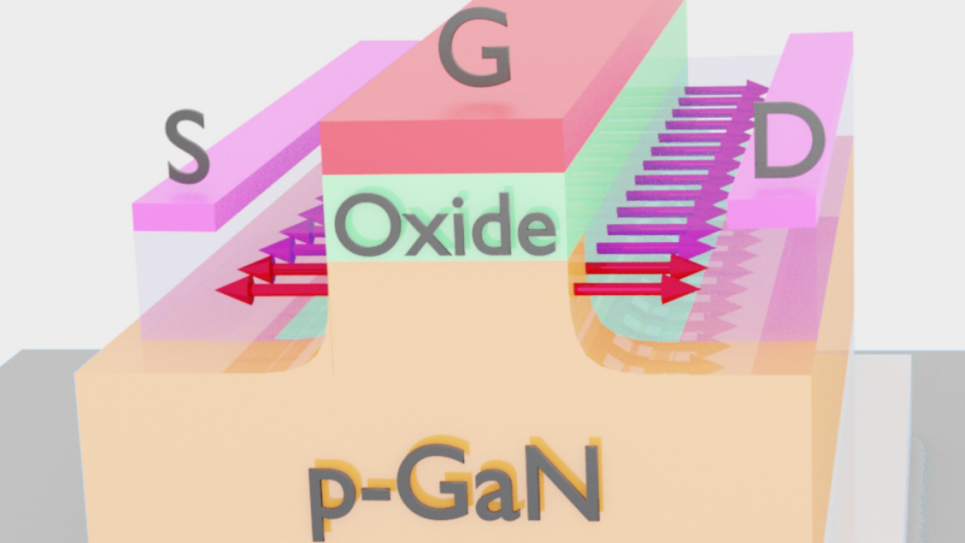
Design of high-mobility p-type GaN.
In this project, the team aims to develop and leverage cutting-edge ab initio computational methods to investigate the temperature-dependent optical and transport properties of compound semiconductors, perovskites, and plasmonic ceramics for uses in power devices, solar cells, and light-emitting diodes.
One of the primary engineering challenges in developing new and more efficient energy systems is to design and deploy functional materials with tailored electric, thermal, mechanical, and optical properties, e.g. for solar photovoltaics, solid-state lighting, and power electronics. In this broad context, atomic-scale computer simulations are invaluable to complement the experimental characterization of new materials and to guide the discovery of new compounds. In this project, we aim to develop and leverage cutting-edge ab initio computational methods to investigate the temperature-dependent optical and transport properties of compound semiconductors, perovskites, and plasmonic ceramics for uses in power devices, solar cells, and light-emitting diodes.
Our long-standing expertise in the computation of electron-phonon interactions and related properties from first principles, together with the leadership-class computing resources provided by the ALCC program, will prove essential to undertake this project successfully. The new methodologies and computational workflows developed during the course of this project will be made available to the community through the open-source EPW code. The completion of this project will broaden the library of compounds available today for power and energy applications, and will push forward our overarching aim to introduce experimentally relevant temperature effects in the computer-aided design of new materials.